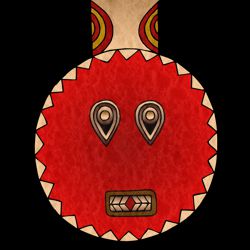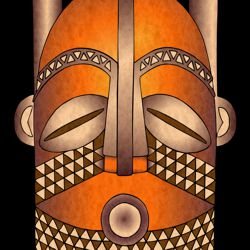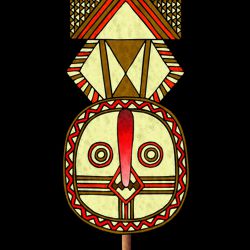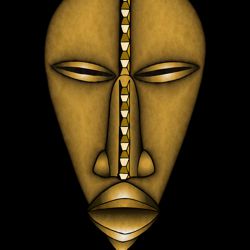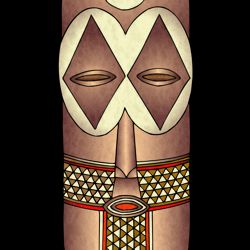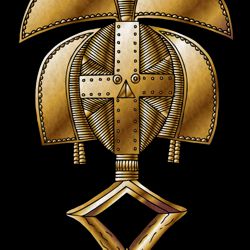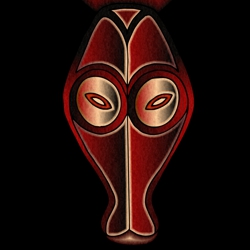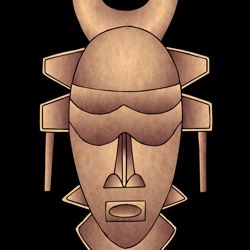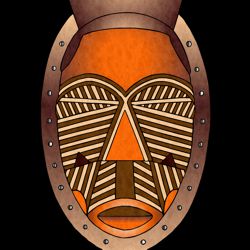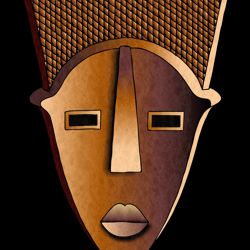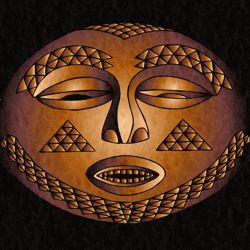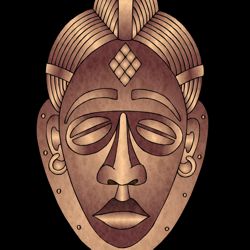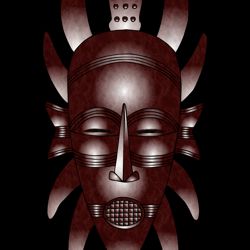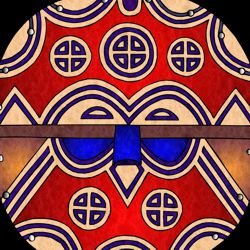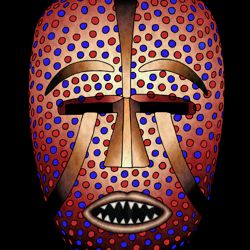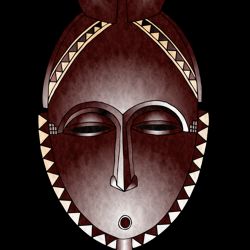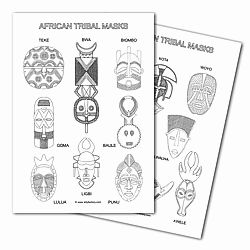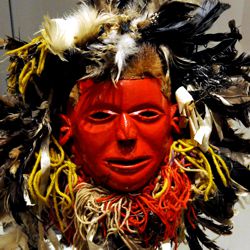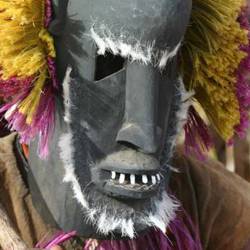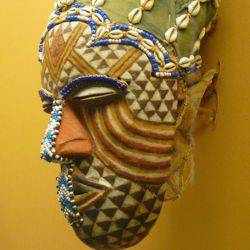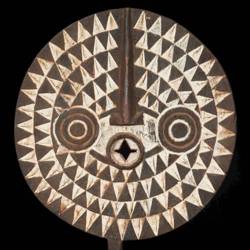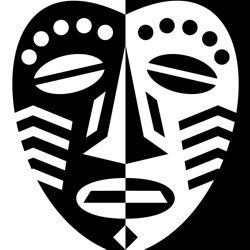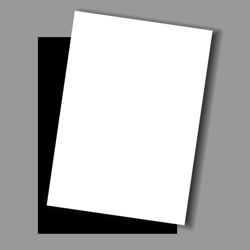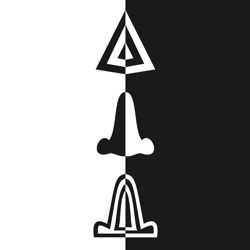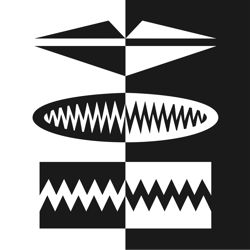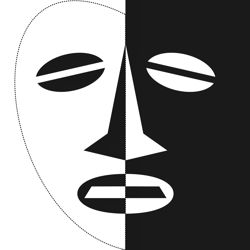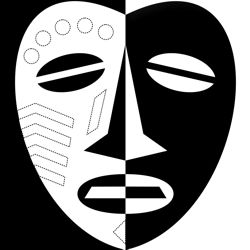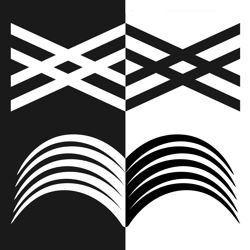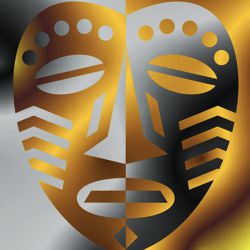The Materials of an African Mask
African masks are made from a range of different materials: wood, bronze, brass, copper, ivory, terra cotta and glazed pottery, raffia and textiles.
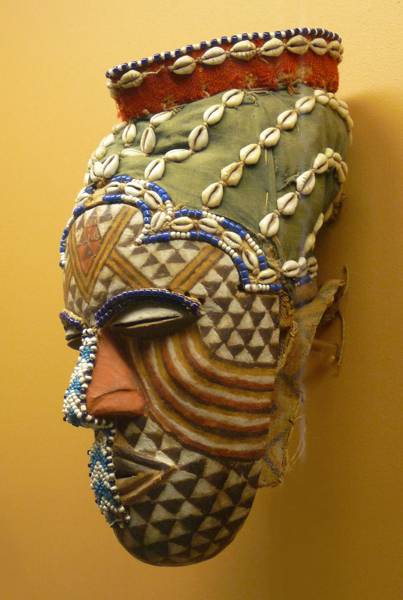
Female Kuba Mask (Democratic Republic of the Congo)
Photo © Ji-Elle
African masks are made from a range of available materials: wood, bronze, brass, copper, ivory, terra cotta and glazed pottery, raffia and textiles. They are often decorated with cowrie shells, colored beads, bone, animal skins and vegetable fibre.
The majority of masks and sculptures are made of wood for two reasons:
-
Trees are in plentiful supply in the forest.
-
The carver believes that the tree has a spiritual soul and its wood is the most natural home for the spirit in the mask.
Before any tree is cut down, a sacrifice may be offered as a mark of respect to the spirit of the tree requesting its permission for the carving. Its life is governed by the same natural and supernatural forces that inspire the artist and his community. This type of ritual is common to many cultures that have a close spiritual bond with nature.
Wooden masks are often colored with natural dyes and pigments created from vegetables, plants, seeds, tree bark, soil and insects. Occasionally they are splashed with sacrificial blood to increase their spiritual power.
The tools used to make a carving - traditionally the Adze - are also endowed with their own particular spirits. When tools are passed down through different generations, they sometimes inherit the spirit and skills of their previous owners. They, like the artist, his carving, and the tree from which it came, are all part of that 'oneness' of nature - the ecological vision that informs all African tribal culture.

